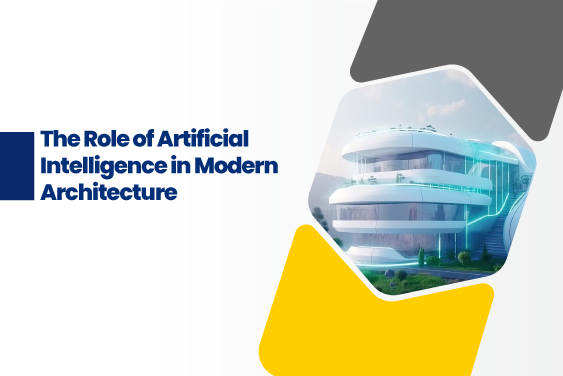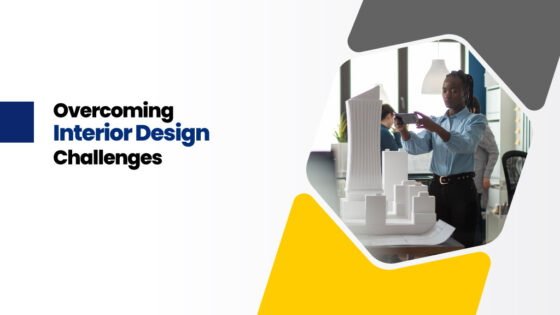Artificial intelligence is buzzing in every field where the technology world evolves towards a better future. Automation is becoming a demand in every sector to make manual processes easier and it includes medicine, automobiles, manufacturing and architecture also. The high-tech robots have a rare chance to occupy human work. This shows today’s universities in India or top architect colleges in Coimbatore need to understand the future impact of technology and the learning approach of architects should shift to the automation trend. In architecture, automation and AI techs make it easier for architects to design visual presentations of design and analyze the data. This article gives a clear explanation of the role of AI in modern architecture.
Role of AI Architects Should be Aware of:
Architects need to adapt to the emerging AI in modern architecture. The five ways in which AI that bound to change architects careers are:
1. Pre-design:
The traditional approach takes months and years to finalize the construction project and often requires meeting with the clients after revised design versions. With AI time is reduced to mere minutes and architects can generate design variations for the client in real time and the pre-design process quicker and clearer.
2. Building Information Modelling:
Architects can easily experiment with their ideas and creative designs with modeling software which allows them to calculate, trial- and error in the planning process. This helps architects to create curved shapes and forms with advanced software.
3. Urban Planning:
Architects and clients can depend on the AI software to create a design. Urban planners can easily design roads, city blocks, traffic patterns and important information in real time. As everyone knows smart cities are the future creating more efficient and better communities with AI assistance.
4. Infrastructure:
Advancements in AI technology from planning, and managing cities, towns and urban regions to resolve complex tasks. AI can automatically identify the best solutions where you can find revised versions of urban designs as discussed which consume less time and labor. Today AI software contributes to the project phase which resolves complex projects and completes the tasks more efficiently.
5. Construction:
With 3D printers, it is now easy to identify the dangerous tasks or designs or the necessities for repetitive construction on site. This technology helps to make it easier for architects and clients to build houses with the robot’s assistance. AI in construction is able to monitor and manage the construction phases from materials to equipment used on construction sites. This makes it safe and resolves productive issues as work goes on.
Will AI replace the architects?
It is a fact there is a significant impact you can find in the architectural and design professionals. However, it can’t replace human creativity and problem-solving skills. The highlight is that it makes it easier for the architects in decision making, analyzing and foreseeing the issues making it easier for them to resolve the complex issues and reduce the time. Thus, companies and architects are integrating AI into their projects and adjusting to this new era of innovation and creativity.
Technologies in architecture that complement AI are:
1. BIM is an advancement from 3D modeling as it creates the digital representation of construction. This allows architects to make their repetitive tasks automated and able to manage their design process and conceptualization in one platform. Architects and project managers can use these integrated platforms to make better decisions faster and more efficiently.
2. 3D printing used to assess the design concepts and generate models makes it easier for the architects. The benefit of implementing 3D printing is you are able to resolve the potential issues once it is detected which significantly reduces the time and effort made during the construction phase.
3. Augmented Reality and Virtual Reality are technologies that overlay digital data and 3D objects over physical objects. And let the clients and project managers explore the space or design before physical construction. Using AR in architecture firms helps to make better decisions in the construction phase and is able to preview how different materials are reflected in real spaces.
4. IoT is a network of devices where you can communicate with each other. Thus, smart buildings are evolved with the control over energy usage and other system performance with IoT technology.
Building a future with AI in architecture gives more opportunities including scheduling the workflows, making informed decisions and designing innovative solutions. Therefore, there is a need for architects to become acquainted with AI technology and understand its pitfalls. Thus, architecture colleges in Coimbatore ensure their learning approach includes AI technology in their architecture field. Therefore, the community can leverage AI to build and design better future homes and cities. So learn to generate the designs with algorithms and develop better cityscapes.






